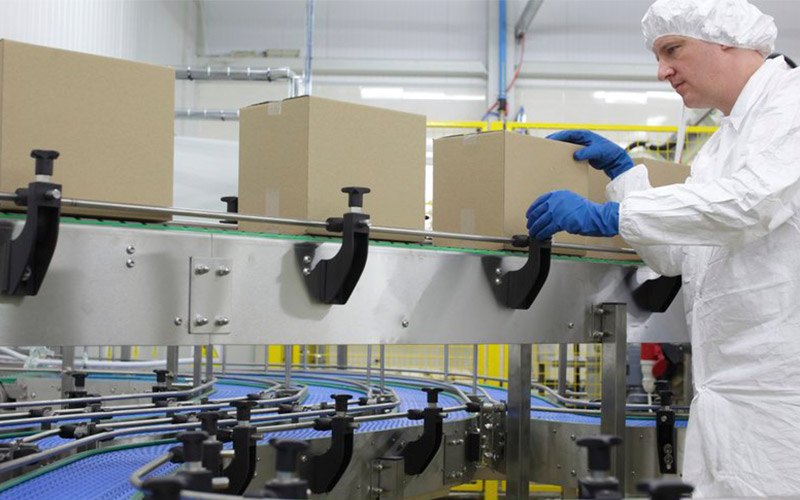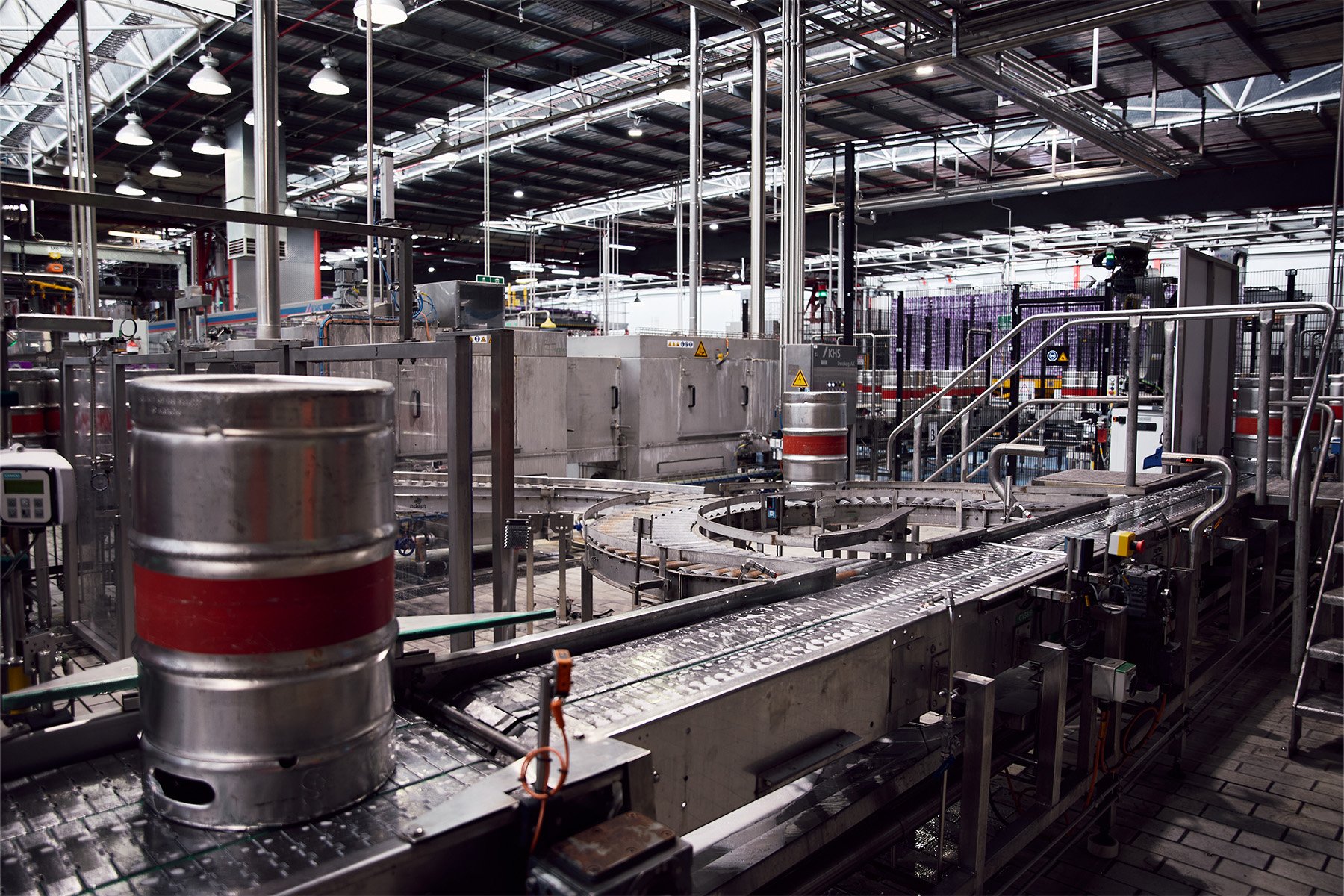Over the last 20 years, manufacturers have been using automation to streamline their operations, responding to changes in the market and evolving factory floors.
In considering what manufacturing will look like in the next 20 years, it is easy to focus on the advanced technologies – like robotics and artificial intelligence. Digitising operating systems and automating processes may get less fanfare but these steps can make huge improvements and reduce inefficiencies in manufacturing.
Behind the scenes, business process automation tools and workflows have helped many in the industry to enhance their quality processes, respond faster to maintenance issues, increase data integrity and improve operational performance.
If you read our recent article about using business process modelling and notation (BPMN) and how it can prepare manufacturers for digital transformation, you may have a few questions about how BPMN works and its potential impact.
Keep reading for some answers to common questions about process automation and digital operations and we’ll provide the must-know basics for manufacturers interested in this approach.
What does business process automation mean?
In a previous blog, we used the example of process automation being like a conductor for an orchestra.
While the conductor doesn’t play an instrument, they instruct people to play their instruments in sync, following a flow of music. In order to ‘orchestrate’ systems, machines and people to achieve an outcome, the process needs to be digitally represented. This can be done with business process modelling and notation (BPMN - a graphical representation that can model a process, similar to a flowchart but much more complex). It is a tool that can help businesses to achieve digital operations.
In a manufacturing operation, BPMN can be used to develop automated processes. By pulling information from disparate systems while integrating signals and events from machines and devices, you can bring automated workflows to life in an operations environment.
Automated processes could involve running production work orders, preventative control plans or raw material workflows by compiling information from Enterprise Resource Planning (ERP), Manufacturing Execution System (MES), Warehouse Management System (WMS) and a number of other information sources and formats, such as Excel spreadsheets.
What problems can process automation solve?
Almost any process with a defined series of steps can be improved with automation.
Process automation can manage multiple tasks and communications, bringing them together in one workflow.
These automated workflows bring together different information systems to provide manufacturers with a number of benefits — such as less variation between processes, improved data integrity and storage and more transparency to your operations.
Automated workflows also make these processes more efficient because they help to free up time for both operators and managers, so they can focus on tasks that require human thinking or intervention. In manufacturing, workflows can be used to start work orders, put away finished goods or to run quality processes.
In case you missed it, our previous article covered the five competencies of digitally transformed manufacturers. Automated workflows ranked as the number one of these competencies.
How can automated processes make a difference?
The first step is to model the business processes in a digital representation — this is the algorithm that runs the process. With business process modelling and notation, business stakeholders spend time thoroughly streamlining and understanding the processes they wish to automate.
There are some huge benefits to this stage — reviewing and graphically mapping these processes allows for transparency of the current operations. With this information, you have a basis for identifying improvement opportunities to become more agile in production and enhance operations.
 Digital operations can change time-consuming manual tasks involving multiple systems, allowing businesses
Digital operations can change time-consuming manual tasks involving multiple systems, allowing businesses
to identify improvement opportunities and refine processes.
A common concern for manufacturers is production delays. While delays may not be completely avoidable, there is a way to minimise downtime if a machine should fault.
Here is an example of an improvement opportunity using automation.
Before automation:
- The machine stops and a response can take a few minutes.
- The operator notices the line has stopped, but they aren’t immediately sure where the problem is occurring.
- It takes a few minutes to locate the machine, then to determine what to do and who to notify to correct the problem. The operator may run through a basic checklist or trial some fixes before calling a maintenance person.
All of this results in lost time.
Not to mention, the response time and subsequent actions taken can vary depending on the operator.
If the same thing happens with process automation in place:
- The workflow immediately detects the machine stoppage. It may be connected to instrumentation devices such as vibration sensors, temperature gauges and/or the PLC to understand each machine's current state.
- The workflow alerts the operators to the stoppage, creating a user task that prompts them to respond (this might be stopping the line or rectifying the damage).
-
At the same time, the automated workflow raises an instant maintenance request for emergency response, providing the location of the faulting machine and any information about the fault.
This can all happen in a matter of seconds, reducing the response time and ultimately the downtime cost.
How does an automated workflow impact workers?
One of the big questions about automated workflows is: does it take away the responsibilities of the workers?
Process automation can manage repetitive patterns and take actions based on set parameters. When employees are working in synergy with automated processes, it can lead to even greater efficiencies, operational benefits and job satisfaction.
Managers using automated workflows can refocus their ‘managing efforts’ (previously focused on asset management or process coordination) towards deeply managing their workforce and improving the workflow itself.
Automated workflows come with dashboards that display the workflow, and its performance, through heat maps and graphs that show bottlenecks, timing delays or output. This shift in focus allows managers to drive even more improvements to their operation, and do so knowing that their decisions are informed by the data.
Workers can be more connected. Mobile apps and wearables allow for real-time communication, so teams can access the information they need in order to take action, allowing for improvements and efficiencies to be continually identified, and errors to be reduced.
With greater visibility of key data, everyone is kept up to speed on tasks in progress. Less time is spent on collating data for reports or on completing manual checks every few hours. Instead, workers can focus on more satisfying or productive work.
Read more: See connected workers in action for an international manufacturer

As Harvard Business Review explains, by modifying roles to optimise the work between humans and automation, “organisations can attract a larger and more qualified applicant pool and achieve better retention, greater safety and increased diversity.”
Do automated workflows take decision-making out of people’s hands?
The short answer is they can, if you want them to.
The workflow can make certain decisions based on a series of logic you give the engine. This can dramatically improve the efficiency of the operation, decisions that are more complex are escalated to the appropriate person.
Decision support is how we turbocharge workflow automation. This is something your Nukon consultant can help you to achieve once your workflows are in place.
Gaining efficiency with process automation
Implementing process automation and workflows is one of the most valuable additions manufacturers can make during the move to digital operations.
This stage will help to improve manufacturing capabilities moving forward, leveraging efficiencies while involving staff in key tasks.
Ultimately, the integrated information systems, data transparency and consistent processes that automated workflows provide will enable manufacturers to deliver products and better service to an increasingly demanding market.
Nukon delivers powerful workflow solutions that can orchestrate machines, systems and people in a manufacturing environment. See a real-life example of going paperless with quality systems.





